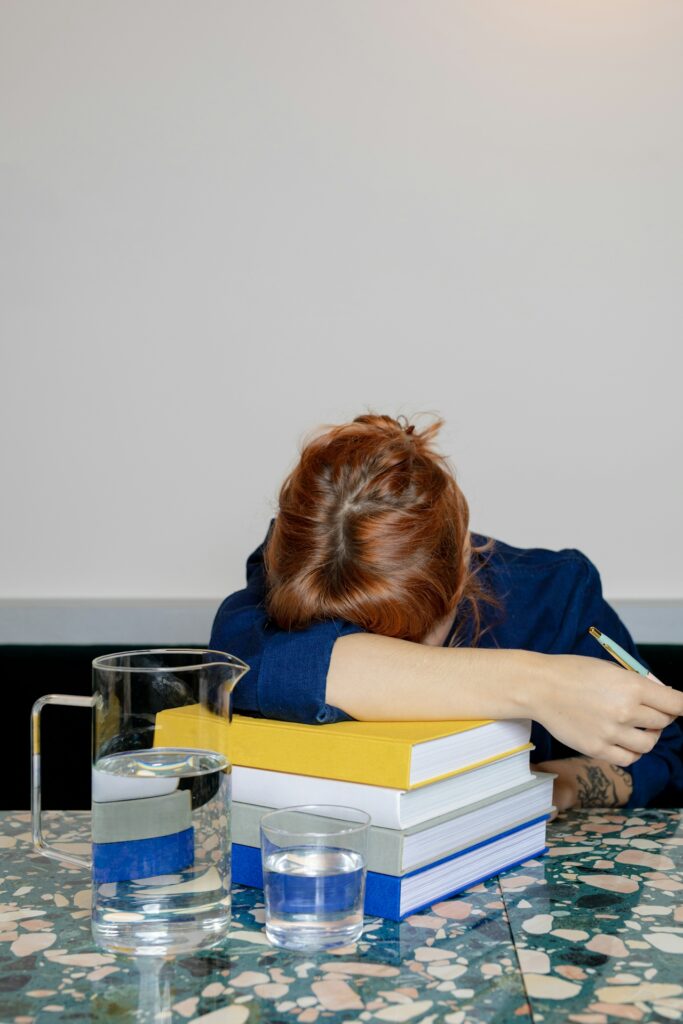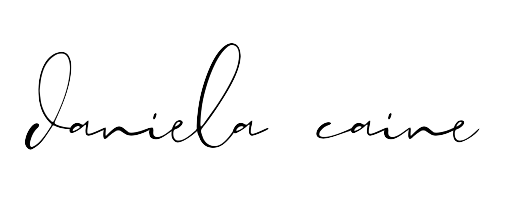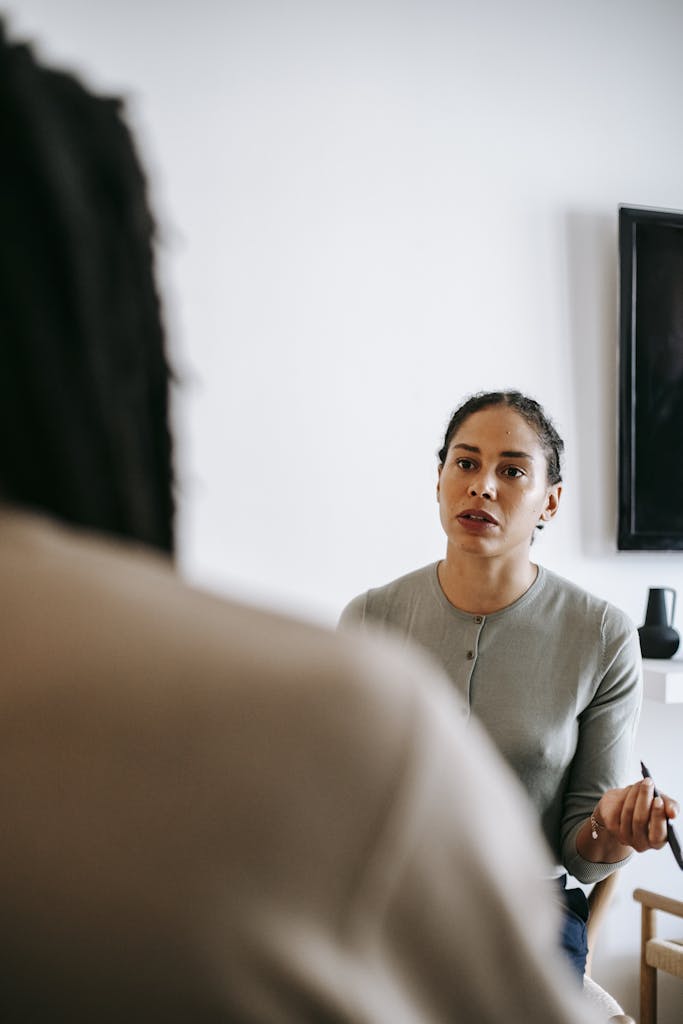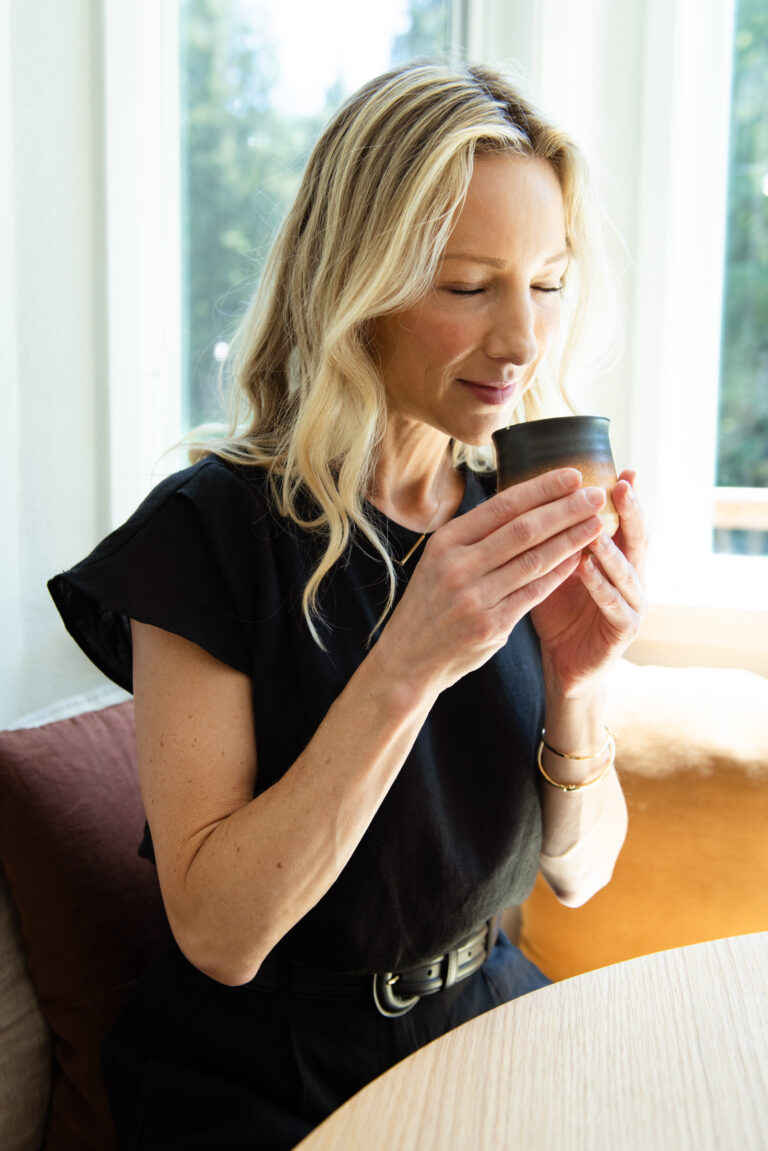Why Creatives Struggle With Innovation—and How to Unlock Limitless Flow
Why Some Creative Leaders Struggle—While Others Seem to Channel Pure Genius
Why is it that some creatives seem to effortlessly generate powerful ideas, while others wrestle for hours just to land on a direction?
In my early career, I experienced this contrast firsthand. My husband—also a designer—can pull inspiration from the simplest things: a gum wrapper, a football match, a mood on the street. It just… flows. He’s the kind of creative who doesn’t overthink, he just trusts the process and lets ideas move through him.
I, on the other hand, used to sit and agonize over getting it “right.” I’ve felt the frustration of having a concept I believed in fall flat on the sales floor. I’ve seen creatives second-guess themselves for hours—moving a logo one pixel at a time—while others seem to effortlessly create with confidence and clarity.
It made me wonder: What’s the difference between creative struggle and creative flow?
And the answer, I’ve come to realize, is energetic.

Creativity and Fear Don’t Mix
At the root of most creative blocks is fear.
Fear of failure.
Fear of judgment.
Fear of being too much, or not enough.
Fear of being visible. Or of being overlooked.
These fears often go unspoken in leadership, but they’re deeply embedded in the cultures we’ve been raised and trained in. Many corporate creatives—especially women—have internalized a fear-based way of leading and creating. And it shows up as control, perfectionism, comparison, or pressure to prove.
When fear is running the show, creativity shuts down. The body tightens, the mind loops, and your connection to inspiration is clouded by survival energy.
The Energetics of Creative Flow: Letting the Idea Lead
True creativity isn’t something we force. It’s something we receive.
Some creatives seem to embody this openness intuitively.
Take Karl Lagerfeld, for example, who simultaneously led Chanel, Fendi, and his own namesake line—while photographing campaigns and transforming his body in the process. It wasn’t just about ambition. It was about clarity of channel. He didn’t force creativity, he allowed it to move through him with precision.
Or Virgil Abloh who was able to move between disciplines—fashion, music, furniture, graphic design—without diluting his vision. His work with Louis Vuitton, Off-White, IKEA, and Nike wasn’t just prolific; it was coherent. Even if most of his elements were lifted.
Meanwhile, I’ve seen talented designers stuck in one narrow category for decades, endlessly refining the same idea—driven by what’s expected.
The difference?
It’s not talent.
It’s energetic alignment. A deep trust in your own capacity to create—and a willingness to get out of the way.
To create from that place of flow, you need to:
- Regulate your nervous system (creativity can’t thrive in fight-or-flight)
- Set aside your ego (not everything has to be impressive—just true)
- Stay grounded in your audience and your purpose
- Trust your brief, intuition, and lived experience to guide you—not control you
When you’re in that state of openness and alignment, ideas arrive with ease. They feel natural. They feel like you. But more expansive.
There’s a school of thought (which I subscribe to) that ideas are living things. That they’re floating in the field, looking for a collaborator—someone who can bring them into form. If you’re open, clear, and willing… they find you.
If you’re blocked, fearful, or too busy trying to impress? They move on.
This concept is beautifully illustrated in Elizabeth Gilbert’s Big Magic, where she shares a hauntingly specific story of losing an idea—only to hear it later, fully formed, from another author who’d unknowingly received the same one.
Well, if you think that Elizabeth is a writer not a designer, then go and read Rick Rubin’s book “The Creative Act: A Way of Being” and get his perspective.
To create from this place of flow, you need to:
- Regulate your nervous system (creativity can’t thrive in fight-or-flight)
- Set aside your ego (not everything has to be impressive—just true)
- Stay grounded in your audience and your purpose
- Trust your brief, intuition, and lived experience to guide you—not control you
When you’re in that state of openness and alignment, ideas arrive with ease. They feel natural. They feel like you. But more expansive.
Creativity Is Not a Trait. It’s a Relationship.
Let’s dismantle a few myths:
- “You’re either creative or you’re not.”
- “Creativity can’t be cultivated.”
- “Only profitable ideas matter.”
- “If inspiration doesn’t strike, there’s nothing you can do.”
- “You’re only as good as your last great idea.”
None of that is true.
Creativity isn’t something reserved for a lucky few—it’s a skill, a relationship, and an energy you can intentionally build. But you need to feel safe enough to connect with it.
Safety doesn’t always mean quiet or isolation—it can mean energetic spaciousness. It can mean breath. Curiosity. Trust. Even just one moment of stillness in a busy day can open the channel.
So—What’s Getting in Your Way?
If you’re a creative leader feeling stuck or uninspired, you’re not alone.
And more importantly—you’re not broken. You’re likely navigating patterns that no longer serve you, and you’re ready to lead from a deeper, more aligned place.
That’s the work I support leaders in doing.
If you’re ready to reconnect with your creative flow and start leading from possibility (not pressure), I invite you to schedule a complimentary Quantum Accelerator Call.
On this call, we’ll:
- Identify the specific beliefs and patterns blocking your flow
- Explore your current creative relationship (and how to shift it)
- Map out tangible next steps for reconnecting with your creative genius
The world needs your brilliance. Let’s help you reclaim it—without the burnout, the grind, or the noise.





